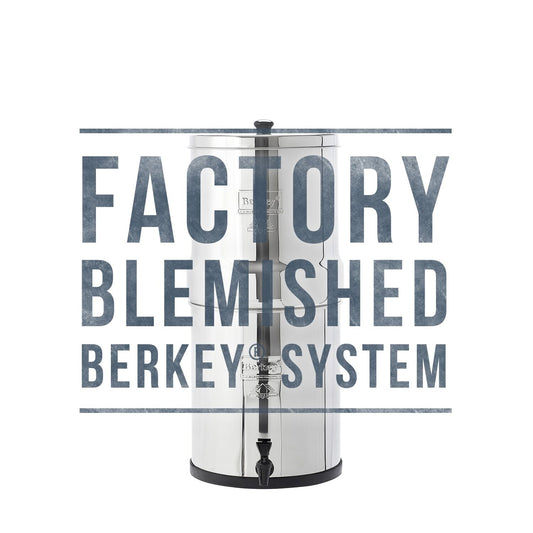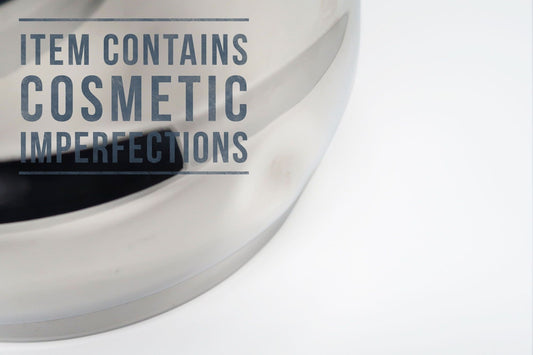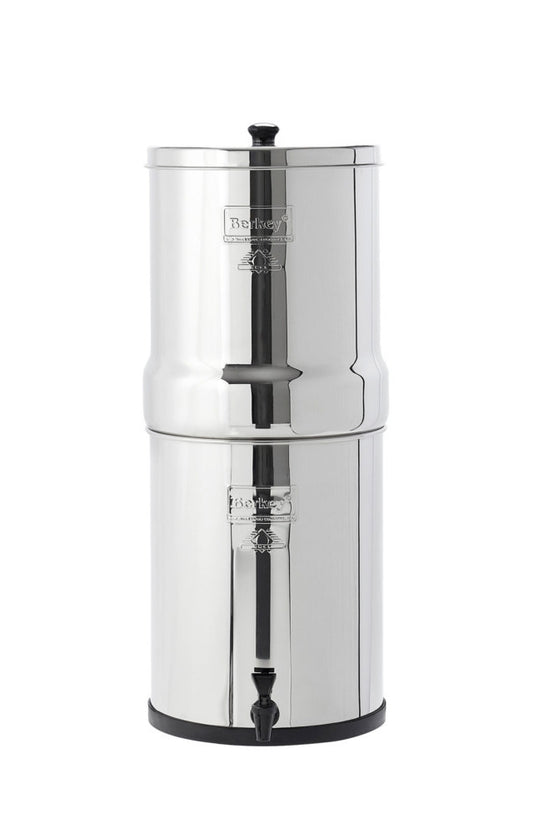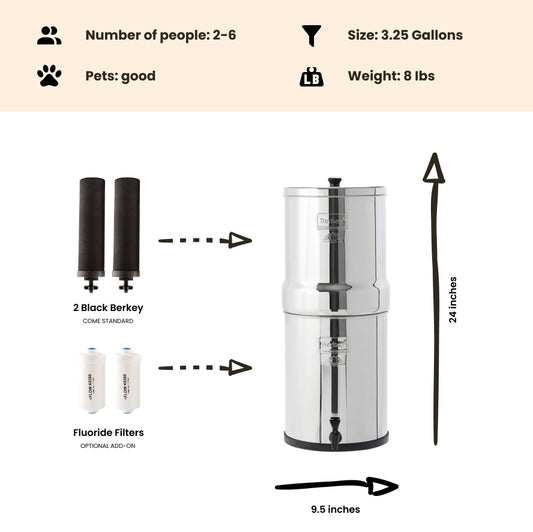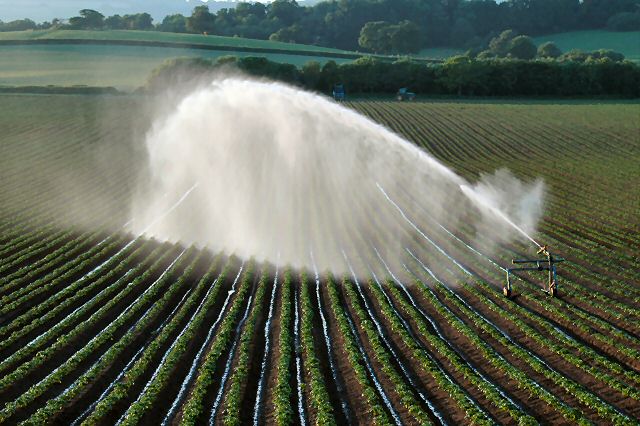
Using Blue, Green and Gray Water to Improve Water Security
By Dan DeBaunShare
In last weeks post we looked at the problem of dwindling water resources in light of climate change. Water security is an issue, not just because there is likely to be less water available in a warmer, drier climate, but also because as the world population grows, so too does the demand for water. A growing world population also requires food resources – it is estimated that food production will have to increase by approximately 70% by 2050 to satisfy the needs of the growing global population. In order to meet this demand, agriculture will also place increasing pressure on our dwindling water resources, which will also be in demand from urban areas, industrial users, and for recreation.
With more and more people depending on a limited supply of water, it is imperative that we manage our water resources prudently, looking at innovative ways to utilize the resource more efficiently. The implementation of integrated water management plans that make use of 'blue,' 'green', and 'gray' water can go a long way to improving water security.
Let's take a look at what these different colors mean, the role that each of these types of water play in the grand scheme of things, and why they are all vital to water security.Blue Water
Blue water refers to water that is present in rivers, lakes, underground aquifers and reservoirs. This water is used for a multitude of purposes including drinking water, water supplied to domestic households and businesses, and it is also used in agriculture to irrigate crops. Because our freshwater reserves are limited, it is essential that we protect and conserve these resources and use them sparingly.
Green Water
Green water refers to water that is held within the soil which is available for plants and microorganisms within the soil to utilize. This water can be absorbed by plant roots, then used by plants for growth before being released back into the atmosphere. Green water is a resource that is frequently overlooked in terms of crop growth, and this is an area that can more optimally utilized in future water management planning.
Gray Water
Gray water refers to wastewater that has been used for some other purpose and has typically been degraded or fouled as a result. Gray water can originate from domestic household use, commercial/business use, or industrial use, and while it is generally treated to remove hazardous contaminants before it is discharged, it may still harbor some impurities. Reusing gray water to irrigate agricultural crops will not only reduce the amount of blue water that is drawn from freshwater reserves, but also increase the amount of green water that is available in soils for plants to utilize.
These three types of water sources will be the topic of discussion during a symposium “Blue Waves, Green Dreams, and Shades of Gray: Perspectives On Water” that is going to be held on Tuesday, 5th November as part of the Annual Meeting of the American Society of Agronomy, Crop Science Society of America, and the Soil Science Society of America, which is taking place from 3-5 November in Tampa, Florida. The theme of this year's conference is “Water, Food, Energy, & Innovation for a Sustainable World”.
All three of these water sources – blue, green, and gray – have to be protected and optimized in order for agriculture to rise to the challenge of feeding more than 9 billion people by 2050 while still leaving sufficient water for other uses. Rattan Lal, presider of the symposium, sums it up aptly when he states “There is no substitute for water.”
-
Regular price From $302.00 USDRegular priceUnit price / per
-
Regular price $234.00 USDRegular priceUnit price / per
-
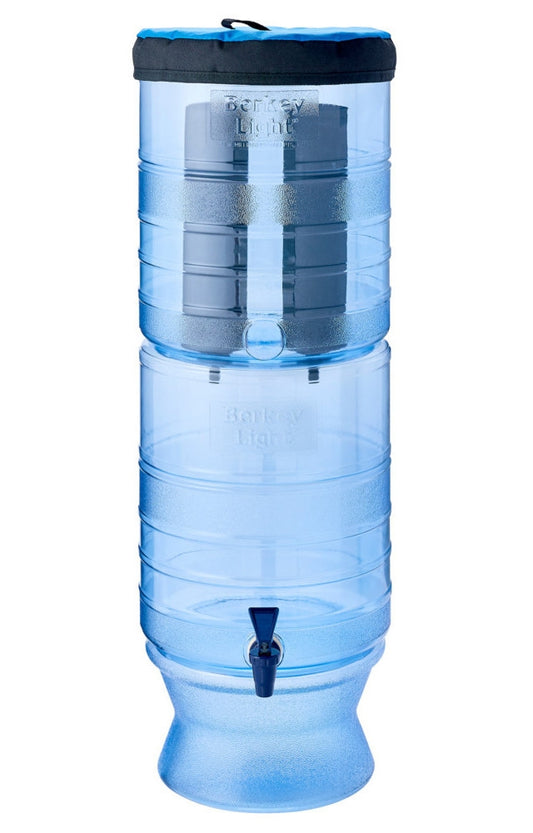
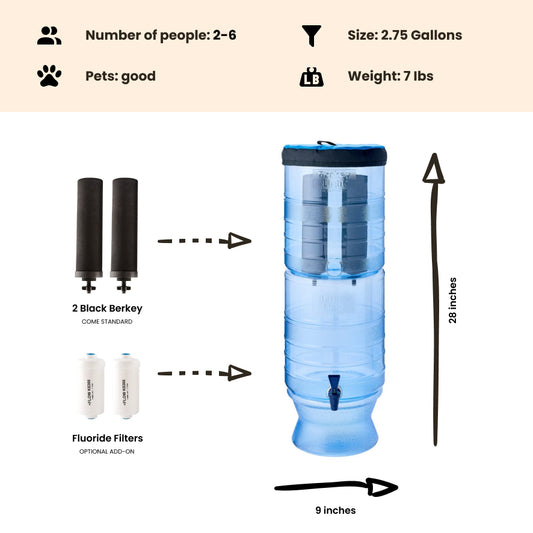 Sold outRegular price From $305.00 USDRegular priceUnit price / per
Sold outRegular price From $305.00 USDRegular priceUnit price / per -
Regular price $327.00 USDRegular priceUnit price / per
-
Regular price From $367.00 USDRegular priceUnit price / per
-
Regular price From $408.00 USDRegular priceUnit price / per
-
Regular price From $451.00 USDRegular priceUnit price / per

Dan DeBaun
Dan DeBaun is the owner and operator of Big Berkey Water Filters. Prior to Berkey, Dan was an asset manager for a major telecommunications company. He graduated from Rutgers with an undergraduate degree in industrial engineering, followed by an MBA in finance from Rutgers as well. Dan enjoys biohacking, exercising, meditation, beach life, and spending time with family and friends.
~ The Owner of Big Berkey Water Filters


